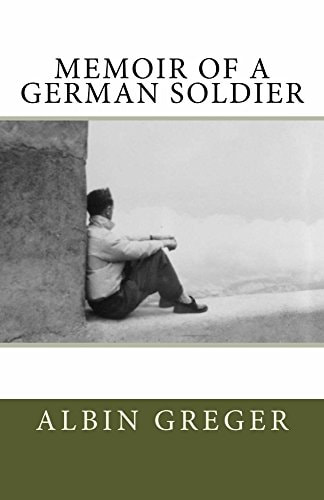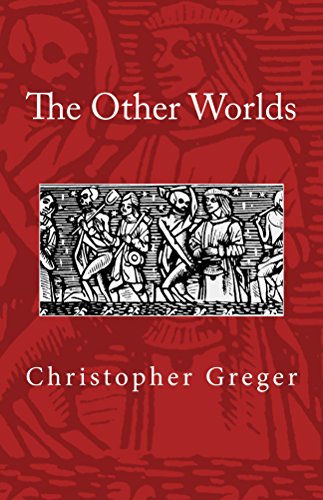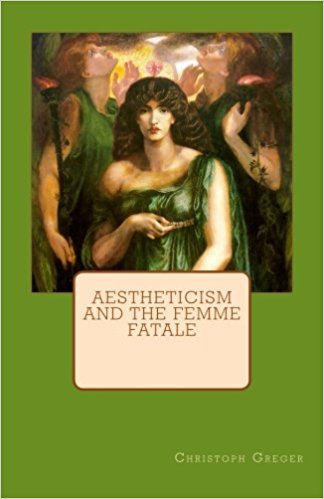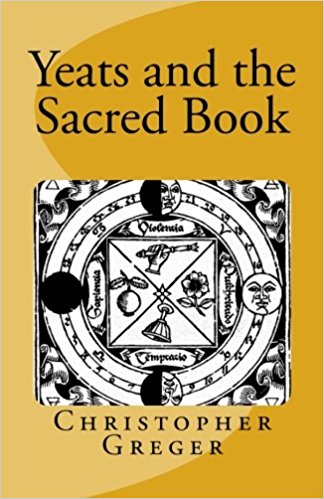Hesperidean: Books
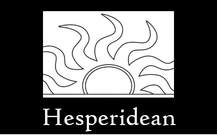
Hesperidean publishes original texts, music and art, in both traditional media and online.
Why Hesperidean? Click here.
|
Memoir of a German Soldier, by Albin Greger
Raised in a small, ancient German community located deep in central Slovakia, Albin Greger came of age at a moment when Europe was tearing itself apart during the last years of World War II. During the Slovakian uprising of 1944, when the men and boys of his town were taken prisoner by partisan forces, Greger witnessed the starvation and execution of dozens of relatives and neighbors. Freed following a German counteroffensive, the teenage Greger returned to his hometown only to be inducted first into the Slovakian Home Guard, and later into the Waffen SS, the German army’s elite fighting force – a force filled increasingly with raw teenagers and half-trained recruits. After several months in the trenches along a rapidly collapsing Eastern front, Greger’s journey became a harrowing retreat through the ruins of a fallen world, and the beginning of a long journey towards a new one. |
|
The Other Worlds, by Christopher Greger End-stage cystic fibrosis: a slow suffocation with an inevitable end. Tom Rohmer has returned to his father’s house in Northern California to wait out the remainder of his days. In the absence of hope and the impossibility of plans, Tom exists in the border-regions between life and death – and in that place, surprising things begin to happen. The natural world zooms into stark focus, in all of its beauty and indifference. An odd group of people are encountered, offering entry to an utterly strange new world. And someone, or something, is stalking Tom, marking his approaching passage with blood and stone. Memory and desire, beauty and danger, all disrupt the dwindling world Tom inhabits, as doors to other worlds begin to crack open. |
|
Aestheticism and the Femme fatale, by Christopher Greger Aestheticism and the Femme Fatale charts the development of a figure that came to dominate the imagination of nineteenth century aesthetic imagination: that of the cruel and beautiful woman, the femme fatale. This study documents the rise of a “masochist aesthetic,” one that enabled several generations of Victorian artists and writers to liberate their aesthetic production from the strictures of a utilitarian, patriarchal critical culture. Drawing upon a variety of critical approaches, the author establishes the centrality of the image of the femme fatale in the works of Rossetti, Swinburne, Pater, Wilde, and others, unveiling the ways in which the aesthetics of domination and desire lay the groundwork for modern conceptions of artistic value. |
|
Yeats and the Sacred Book, by Christopher Greger
In the 1922 preface to "The Trembling of the Veil" Yeats writes of a Sacred Book which the generation of the '90's had sought unsuccessfully to bring forth; in 1925 he published A Vision, the writing of which he publicly associated with the search for a Sacred Book. For Yeats the Sacred Book represented the embodiment of the absolute unity of form and content, of image and ideal. During the 1890's, the idea of such a book had shaped both his aesthetic philosophy and his own writing; why, then, should Yeats have resurrected this symbol as part of a public framework and reference to A Vision (1925)? What can we learn about Yeats's earlier conception of the Sacred Book that may shed light upon the aesthetic contexts within which he developed A Vision? If the following study is a work of literary criticism, its subject is a text that could not be written, and the influence of this text upon the writing of W. B. Yeats. |
